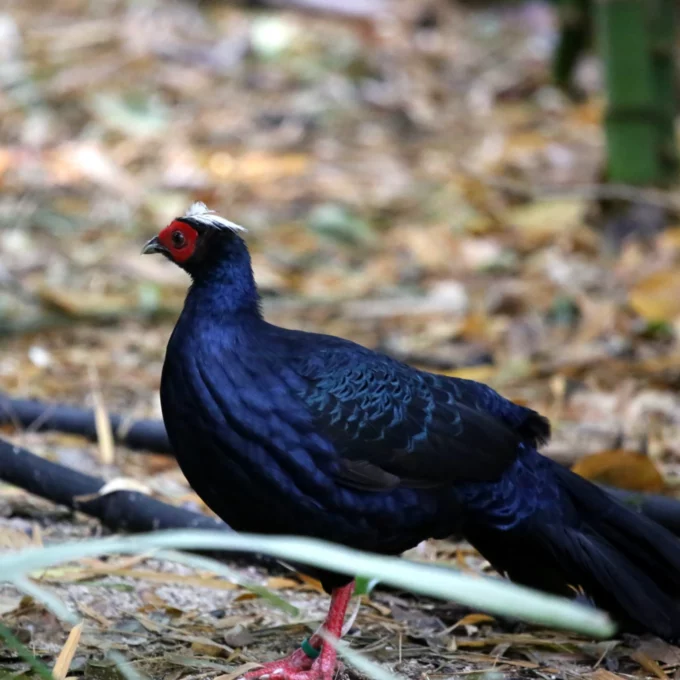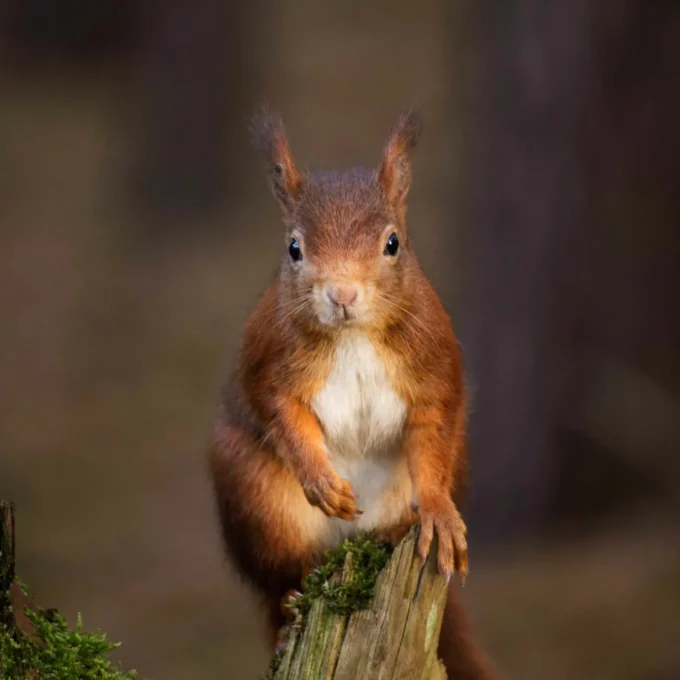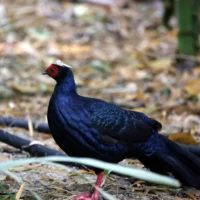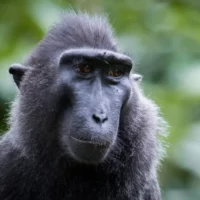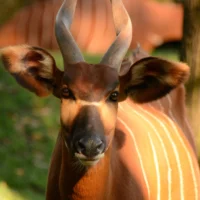They forage for seeds, flower buds and small insects such as earthworms and termites, mainly in the early morning and late afternoon. Males are dark, iridescent blue while females are more plain and brown in colour. Vietnam pheasants lay four to seven eggs in nest sites on the forest floor – these eggs will be incubated for around three weeks by the female.
Fun fact – Vietnam pheasants use their feet to scratch the ground in search of food items.
-
Ecology
-
Threats
Herbicides used as chemical weapons during the Vietnam War is killed off the forested areas inhabited by these pheasants and dried out the surrounding forest, making the habitat unsuitable for them. Suitable forests are being converted to paddy fields to support the growing, post-war human population, and poaching has also reduced their population.
-
Conservation
Conservation projects have been launched to restore former habitats of the Vietnamese pheasant, including the building of a breeding station in Vietnam. Simultaneously, captive breeding programmes are underway in Europe using the most suitable birds – any revealed to be hybrids by genetic analysis are not included. Nature’s SAFE stores samples in order to increase genetic diversity in future generations.
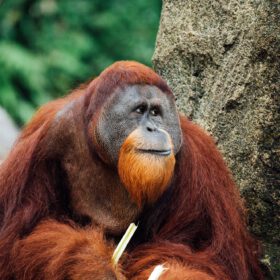
Fundraise for us
Sponsor a Fundraising Hero embarking on a challenge, or plan your own fundraiser to support us.
Get Started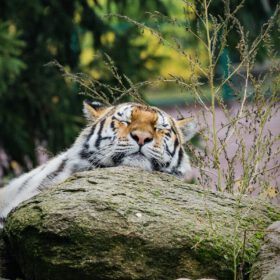
Corporate participation
Explore opportunities to develop a corporate partnership with us.
Get Started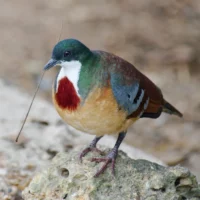
Mandanao bleeding-heart dove
Total Population: Less than 2,500 in the wild
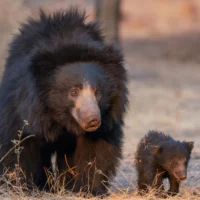
Sloth bear
Total Population: Less than 20,000 in the wild
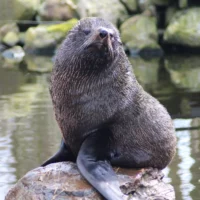
South American fur seal
Total Population: Around 200,000 in the wild
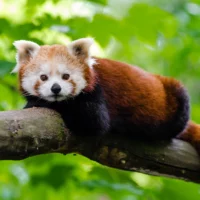
Red Panda
Total Population: Less than 10,000 in the wild
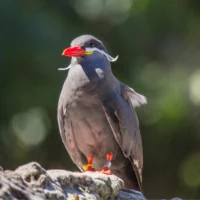
Inca Tern
Total Population: Around 150,000 in the wild
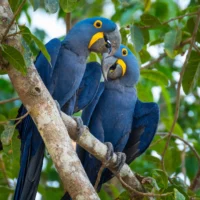
Hyacinth macaw
Total Population: Around 6,500 in the wild
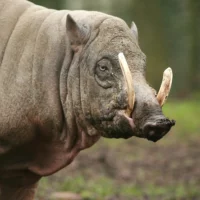
Babirusa
Total Population: Less than 10,000 in the wild
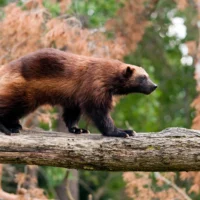
Wolverine
Total Population: Around 13,000 in the wild
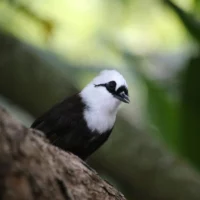
Sumatran laughing thrush
Total Population: 2,500 - 10,000 in the wild
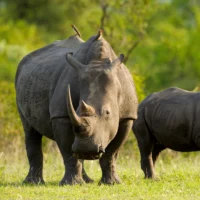
Southern white rhino
Total Population: Around 15,000 in the wild

Asiatic Lion
Total Population: Around 650 in the wild
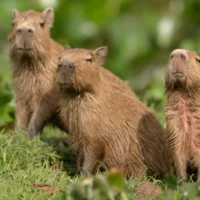
Capybara
Total Population: Unknown

Chimpanzee
Total Population: 170,000 - 300, 000 in the wild
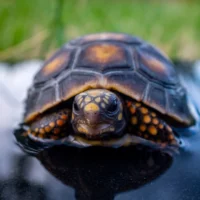
Red-footed tortoise
Total Population: Unknown
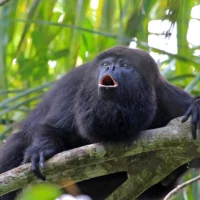
Black howler monkey
Total Population: Less than 5,000 in the wild
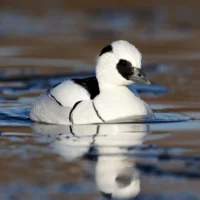
Smew
Total Population: Around 80,000 in the wild
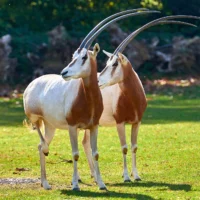
Scimitar-horned oryx
Total Population: Around 400 in the wild
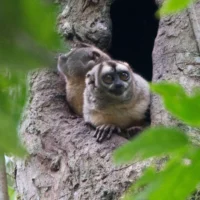
Spix’s night monkey
Total Population: Unknown
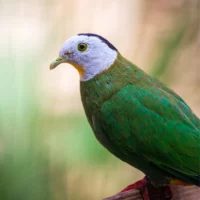
Black-naped fruit dove
Total Population: Unknown
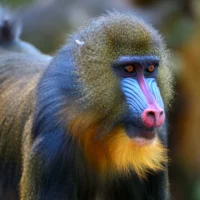
Mandrill
Total Population: Unknown

African penguin
Total Population: Less than 40,000 in the wild
